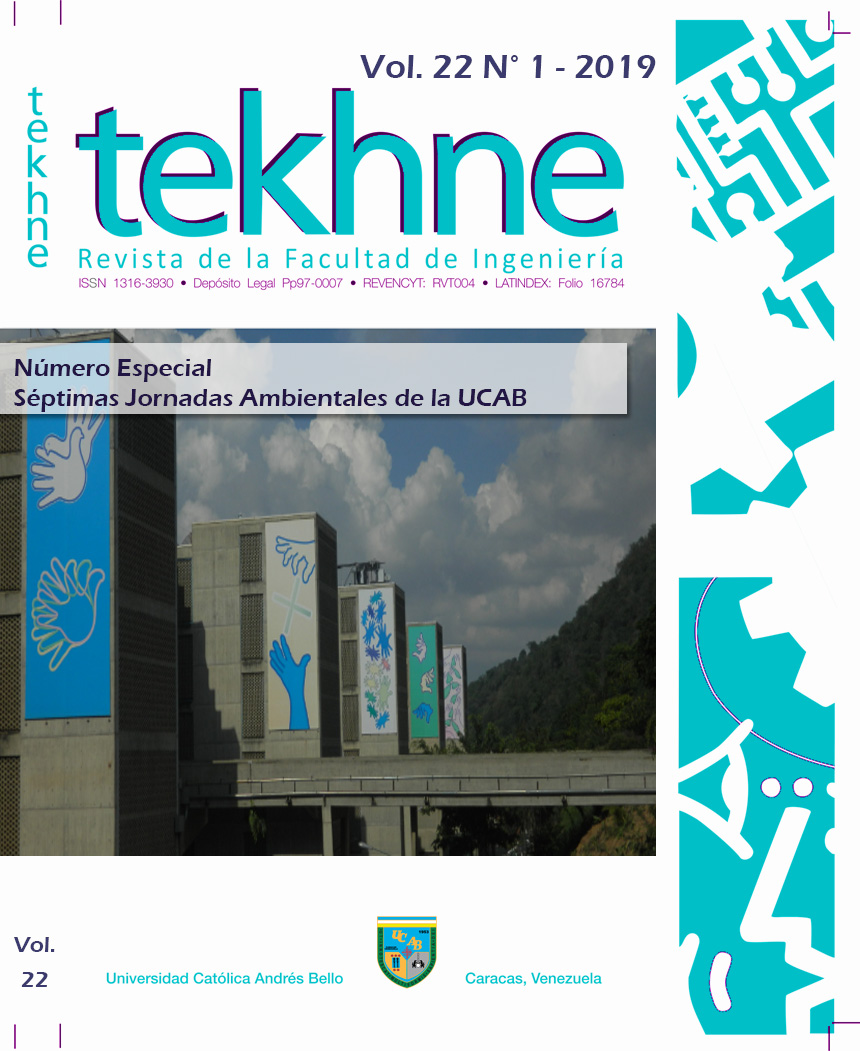Stabilized soil, an ecological construction option for ancestral use
El suelo estabilizado, una opción constructiva ecológica de uso ancestral
DOI:
https://doi.org/10.62876/tekhn.v22i1.4067Keywords:
Abstract
Soil has been considered a construction material since ancient times. The first homes and fortresses that different cultures built and that allowed them to flourish as societies were based on physically stabilized soil. From single-family houses in ancient Egypt to ziggurats in the Middle East before the Roman Empire are part of this legacy. More recently, chemically stabilized soil has been used for highway and airport pavement construction. In particular, since the First World War and with greater emphasis during the Second World War, long before the rise of asphalt and concrete as a raw material for pavements, it was cement-stabilized soil that allowed the construction of durable and long-lasting runways. of roads with low cost and maintenance. All these applications have been possible to change more competent materials for the soil present on the site in those regions where such competent materials are scarce and cost a lot to transport. The ingenuity and creativity of some detected that by adding different elements to the soil, from straw to cementing agents such as lime or gypsum, they were able to produce a different material with better properties for different uses and applications. From mortar to cement floor to refractory adobe are part of this arsenal. Nowadays, in the 21st century, there is a new opportunity to reuse stabilized soil as an alternative for the construction of pavements and finishes for homes in some countries due to the high costs and limited production of other construction materials.




